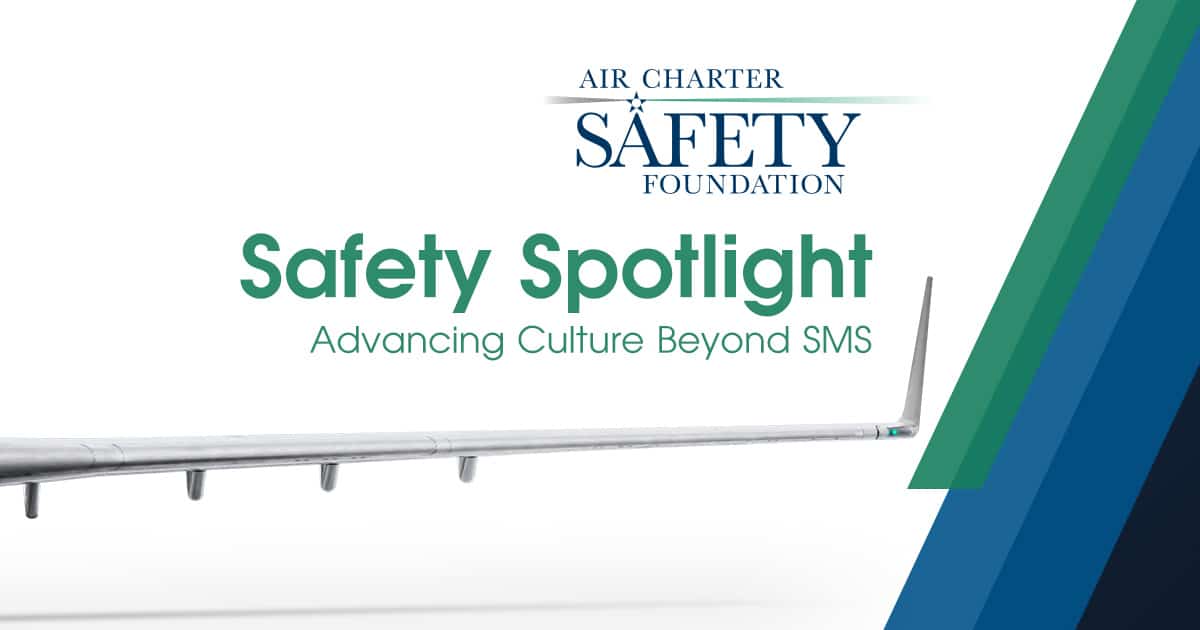Transforming Safety Culture: Beyond Compliance
While Safety Management Systems (SMS) are important for managing risks and ensuring safety, they are just one piece of the puzzle. To achieve lasting safety improvements, organizations must cultivate a robust safety culture that goes beyond mere compliance and addresses deeper cultural issues.
Understanding and Managing Organizational Culture
Organizational culture significantly impacts safety performance. Often, different departments or shifts within the same company can exhibit varying cultures, leading to inconsistencies in safety practices and risk management. Here’s how you can address these challenges:
- Assess Current Culture: Begin by evaluating the existing culture within your organization. Identify areas where safety practices may be inconsistent and understand how different departments or shifts operate.
- Engage Frontline Employees: Frontline employees often have the best insights into the day-to-day safety challenges. Foster an environment where employees feel safe to report issues and provide feedback. Regularly solicit their input to understand and address cultural gaps.
- Promote Open Communication: Establish channels for open communication where safety concerns can be discussed without fear of retribution. Encourage a culture of transparency and continuous improvement.
- Define Clear Roles and Responsibilities: Ensure that roles and responsibilities are clearly defined and communicated across all levels. This clarity helps prevent confusion and ensures that everyone understands their contribution to safety.
- Provide Ongoing Training: Invest in training programs that focus on developing a safety-oriented culture. Training should cover not only technical skills but also cultural competencies and the importance of safety practices.
Upcoming Initiatives to Support Safety Culture
We are excited to announce that we will be rolling out new resources and initiatives designed to help our members enhance their safety culture. These will include:
- Webinars: Interactive sessions covering key aspects of safety culture, including practical strategies and real-world case studies.
- Workshops: In-depth workshops to dive deeper into cultural assessment and improvement techniques.
- Resource Guides: Comprehensive guides and toolkits to assist in implementing effective safety culture practices. (I need to verify this with Scott)
Conclusion
Cultivating a strong safety culture requires a proactive approach and a commitment to continuous improvement. By engaging employees, fostering open communication, and providing clear guidance, organizations can enhance their safety culture and achieve better safety outcomes. Stay tuned for more information on our upcoming initiatives designed to support your safety culture journey.





